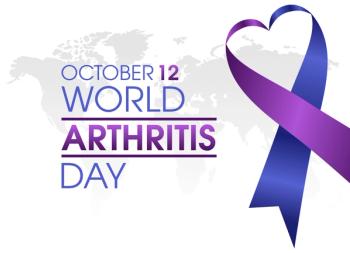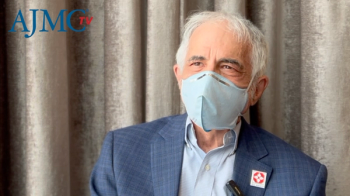
Minimally Invasive Procedure Reduces Tremors in Patients With Parkinson Disease
A minimally invasive procedure that applies pulses of focused ultrasound to the brain was found to be safe and effective in reducing tremors and improving the quality of life in patients with Parkinson disease and essential tremor, according to research to be presented at the annual meeting of the Radiological Society of North America.
A minimally invasive procedure that applies pulses of focused ultrasound to the brain was found to be safe and effective in reducing tremors and improving the quality of life in patients with Parkinson disease (PD) tremor, according to research to be presented at the annual meeting of the Radiological Society of North America (RSNA).
Study results will be presented at RSNA 2019 in Chicago, Illinois, which runs from December 1-6.
Tremors are rhythmic, involuntary muscle movements characteristically found in patients with PD and essential tremor (ET). Prior treatment options for patients unresponsive to medical therapy include invasive procedures such as deep brain stimulation, which is a surgical procedure that inserts a small electrode in the brain and connects it to a pulse generator implanted in the chest.
A new option, called magnetic resonance-guided focused ultrasound (MRgFUS) thalamotomy, provides patients with an incisionless interventional radiology procedure that focuses beams of sound energy to heat and destroy a small part of a structure in the brain called the thalamus. This novel procedure works by giving relief to the opposite side of the body, where treatment to 1 side of the brain would interchangeably relieve tremors on the opposite side of the body.
Researchers examined the efficacy of MRgFUS thalamotomy in patients unresponsive to medical therapy who had experienced symptoms for an average of 10.4 years:
- Study included 39 patients (~64.5 years) with ET (n = 18) and PD (n = 21) tremor, enrolled from February 2018 to March 2018
- Primary endpoints were tremor severity (Fahn-Tolosa-Marin scale [FTM]) and quality of life (QUEST score) before MRgFUS thalamotomy, immediately after treatment, and after 1-month, 3-month, 6-month, and 1-year follow-up
Study results exhibited effective (substantial and immediate reduction of tremor) treatment in 37 out of 39 patients (94.8%), with significant reductions in FTM scores for patients with ET (before intervention: 36.2; after intervention: 13.8) and PD (before intervention: 27.5; after intervention: 11.6) immediately after treatment. After follow-up, improvement was stable in patients with ET (14.6 at 1 month, 14.3 at 6 months, 14.5 after 1 year). In PD patients, the FTM score was 15.5 after 6-month follow-up, which the researchers attributed to the mild recurrence of tremor in 4 patients, and remained stable after 1 year.
For the quality-of-life evaluation, substantial improvement was shown in the reduction of QUEST scores for both patients with ET (73.2% reduction) and PD (68% reduction). Researchers noted that temporary side effects and complications, such as dysarthria, perioral paresthesias, and limb weakness, occurred in 7 patients after treatment, and subsided in 4 patients after 6-month follow-up.
Currently, MRgFUS thalamotomy is only available at a limited number of sites worldwide. Lead study author Federico Bruno, MD, radiologist in the Department of Biotechnological and Applied Clinical Sciences at the University of L’Aquila,
Bruno noted that further research into the possibility of treating both sides of the thalamus is being explored; they are also looking at using the therapy in other areas, such as neuropathic pain, epilepsy, and obsessive compulsive disorders.
Reference
Bruno F, Panebianco L, Micelli MVM, et al. Efficacy of tc-MRgFUS thalamotomy in the treatment of essential tremor (ET) and Parkinson disease (PD) tremor: Experience from 39 Patients in single centre with long term follow-up. To be presented at: RSNA 2019, Chicago, Illinois. December 1-6, 2019. Abstract: NR438-SD-WEB7.
Newsletter
Stay ahead of policy, cost, and value—subscribe to AJMC for expert insights at the intersection of clinical care and health economics.

















































